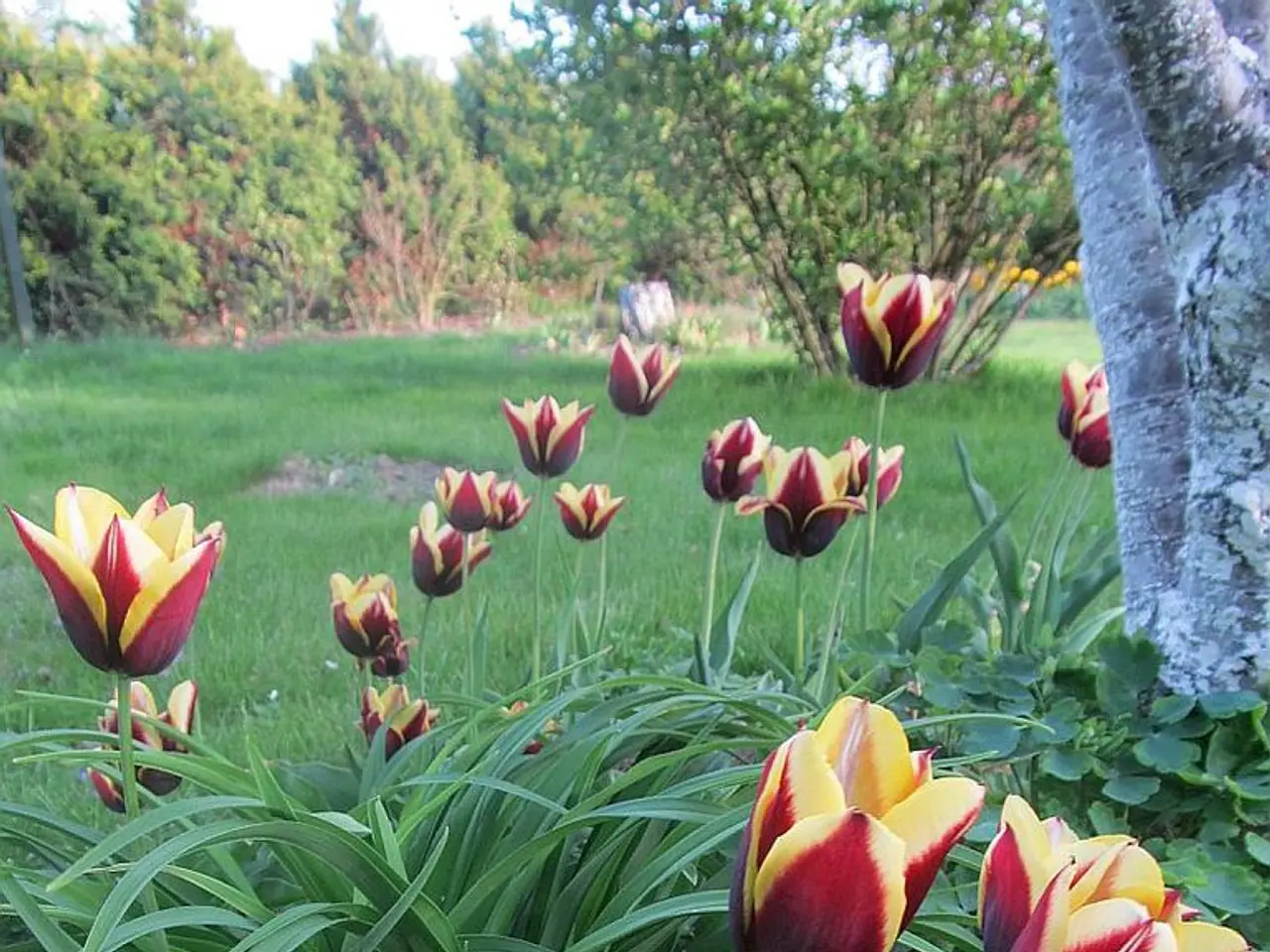Innovative Ideas for Creating a Spice-Infused Garden in Your Front Yard to Enhance Your Outdoor Appeal
Transform Your Front Yard into a Vibrant Herb Garden
Embrace the charm of a flourishing herb garden in your front yard, a space that not only adds aesthetic appeal but also offers practical benefits. With the right planning and care, you can cultivate a thriving herb garden that enhances your home's curb appeal and provides fresh, flavourful ingredients for your meals.
Choosing the Right Herbs
A front yard herb garden thrives best with a mix of hardy, visually appealing, and useful plants such as lavender, chamomile, peppermint, calendula, thyme, basil, parsley, tarragon, and yarrow. These herbs offer culinary, medicinal, and ornamental benefits while generally thriving in sunny to partially shaded conditions with well-drained soil.
Optimal Arrangement
For optimal growth and visual appeal, consider grouping herbs by their growth habits and needs. Taller herbs like tarragon and basil should be placed toward the back or center of the garden, providing height and depth. Medium height herbs such as lavender, chamomile, calendula, and yarrow can be in the middle zones. Low-growing and spreading herbs like thyme and creeping thyme groundcover work well at the edges or as ground cover to suppress weeds and fill space attractively.
Control aggressive spreaders like peppermint, which is very vigorous and invasive, by growing them in containers or raised beds within the garden to prevent them from overwhelming other plants.
Design Elements
Consider visual design elements when arranging your herb garden. Use herbs with colorful or fragrant flowers (calendula, lavender) as accents to brighten the garden. Incorporate foliage contrast by mixing fine-textured herbs (thyme) with broader leaves (basil, tarragon). Align plant heights in tiers for layered depth and easier harvesting. Group herbs with similar light and water requirements together for easier care and healthier plants.
Soil and Watering
Most herbs prefer well-drained soil; drought-tolerant herbs like lavender and thyme thrive in sandy soils with mulch to retain moisture.
Kitchen Herb Gardens
In contrast, a kitchen herb garden can take various shapes (e.g., square, circle, oval) and can include additional features such as pathways, benches, fountains, statuary, seating, and lighting. Growing your own herbs can save money on both fresh and dried herbs, reduce water bills, and require less maintenance than a lawn.
Maintenance Tips
Water accessibility is important for a new herb garden. Mulch can help retain water and control weeds. Allowing some herbs to flower may result in bitter foliage unsuitable for cooking. Herbs can act as insect repellents, reducing the need for chemical controls.
Expert Advice
Amy Grant, a professional chef, caterer, and gardener with 30 years of gardening experience and 15 years of writing experience, specializing in culinary gardening, offers valuable insights into the world of herb gardening. She suggests interspersing herbs with existing foliage to accentuate their beauty.
Growing Herbs in Various Locations
Herbs can be planted in various locations such as existing landscaped areas, containers, window boxes, or planting strips. Many herbs are perennials, returning year after year. Herb blooms attract pollinators such as bees.
Drought-Tolerant Herbs
Oregano, sage, thyme, and rosemary are drought-tolerant herbs. Oregano and lavender are examples of herbs that attract pollinators. Planting strips can be beneficial for growing herbs due to their often difficult-to-reach nature and the drought-tolerant nature of many herbs.
Embrace the journey of creating a thriving herb garden in your front yard, and enjoy the fresh, flavourful ingredients that await you!
Read also:
- Wawa avian tests positive for West Nile disease
- The market for Kraft Lignin is projected to increase at a rate of 7.2% each year until 2034.
- Revising hair care practices with cynorrhodon extracts for addressing hair fragility
- Filipino Card Games Find Their Home at Gamezone, Offering an Unmatched Experience!





